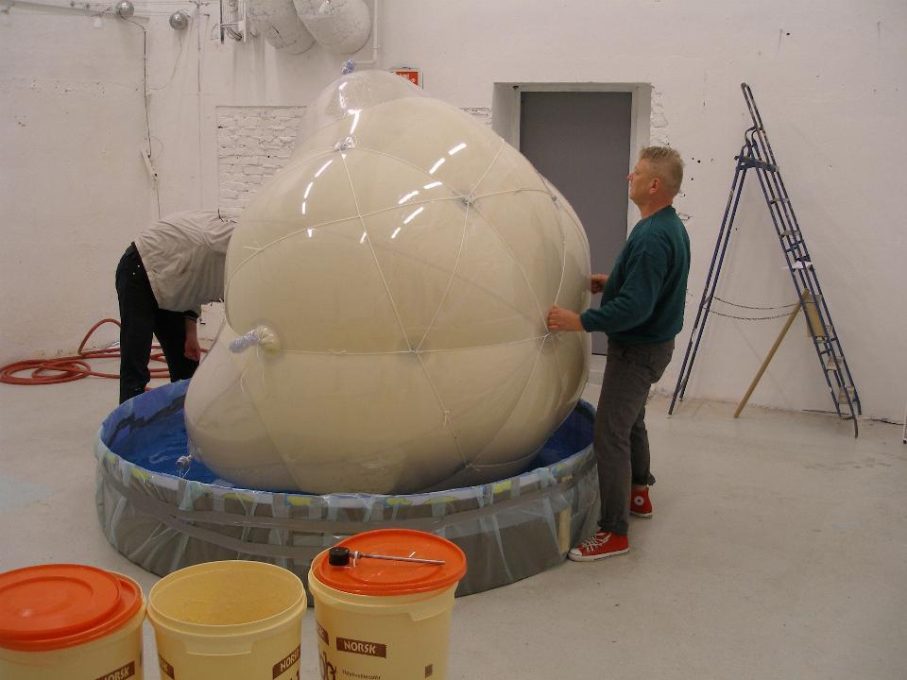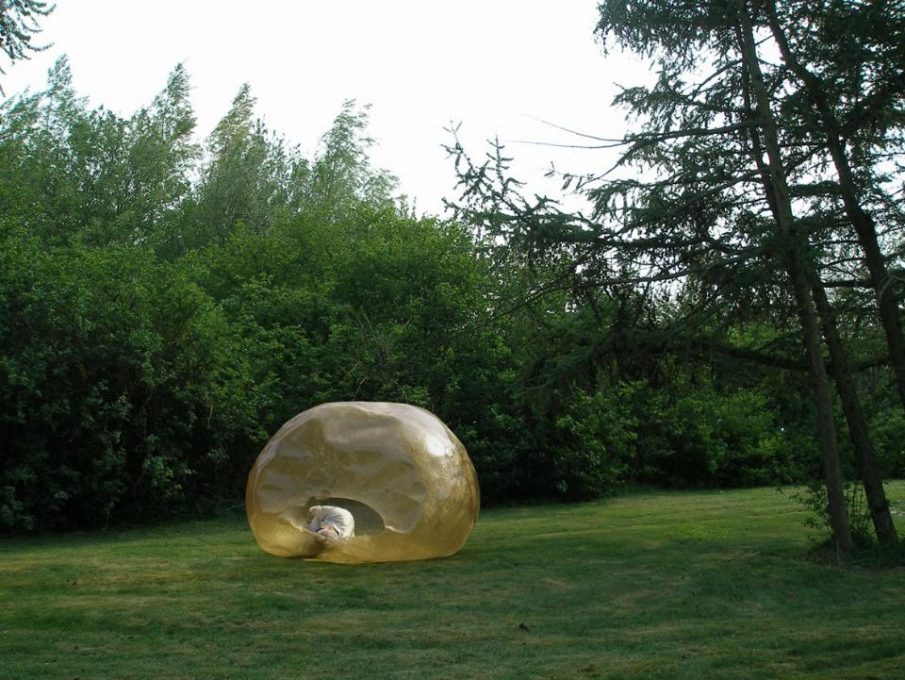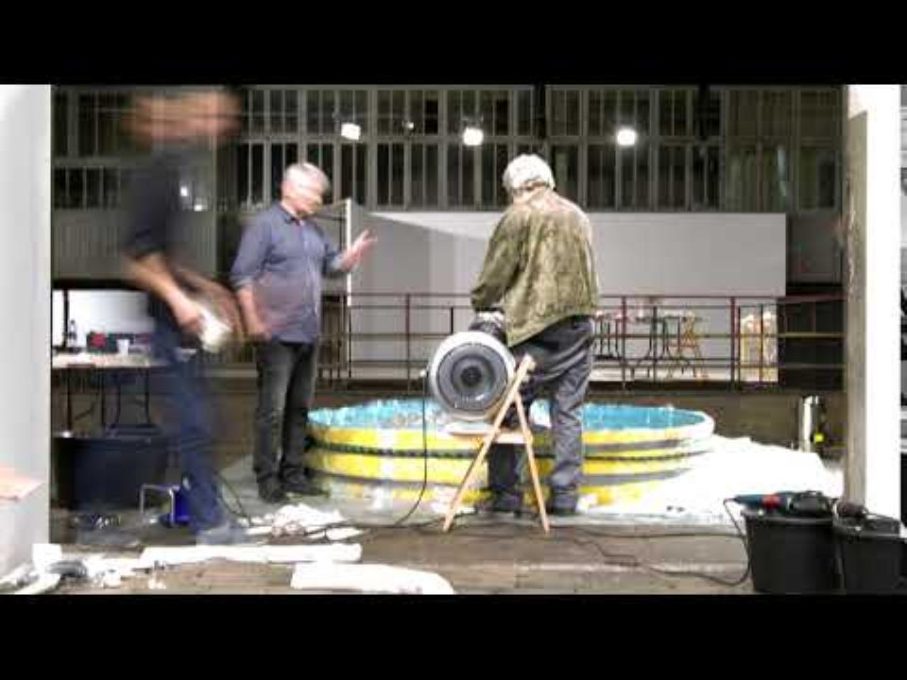Zbigniew Oksiuta. Architectonic Evolutions. Between Art and Science
Architectonic Evolutions. Between Art and ScienceZbigniew OksiutaAnd students of Rensselaer Architecture, Rensselaer Polytechnic Institute, USAZbigniew Oksiuta’s interest in new fields of architecture has led him to experimenting with organic materials and quests in the realm of biological architecture. Since the mid-1970s, he has – in his art- and architecture-related oeuvre – been coupling experience in both areas with research, in co-operation with scientists specialising in assorted fields (biology, chemistry, and IT).
The exhibition spans works from different periods of the artist’s activity, all accentuating the permeation and convergence of varying influences. A major share of the presentation focuses on Oksiuta’s educational work: since 2010, he has been teaching at Rensselaer Architecture in Troy, New York, USA. Works by the Rensselaer Architecture students are vital to the exhibit.
Drawings, Oksiuta’s architectonic designs, works by students, and a number of objects from the artist’s collection notwithstanding, the show features two large installations. One is a polymer form displayed in the special context of a factory hall. The form was manufactured in Spatium Gelatum liquid technology, developed by the artist in the late 1990s.
The other, The (Future) Story of Flax, is a project developed in close co-operation with scientists of the University of Białystok and Białystok University of Technology. The project explores the option of using natural plant reactions to external stimuli (tropism) to create new forms and spaces. It involves studies of growth physiology and morphological deformation to the purposes of analysing potential concealed in biological anomalies once plants are subject to controlled external stimuli other than natural (light, variable gravity, mechanical forces, hormones), while immanent principles of development (correlation, cellular differentiation) no longer play a role. Conferring new identity and spatial structure upon such “uncontrolled” processes would enable the development of new floral forms. All plant growth deformation processes shall be handled by a bio-reactor, whereas simulated zero gravity conditions are to be controlled by a robot, its control software developed at Rensselaer Architecture and the Faculty of Mechanical Engineering of the Białystok University of Technology.
The project was initiated in co-operation with scientists of the Mechanical Engineering and Architecture faculties of the Białystok University of Technology, Biology and Chemistry Faculty of the University of Białystok, and Rensselaer Architecture, Rensselaer Polytechnic Institute in Troy, New York, USA.
translated from Polish by Aleksandra Sobczak

PLAN YOUR VISIT
Opening times:
Thuesday – Sunday
10:00-18:00
Last admission
to exhibition is at:
17.30






